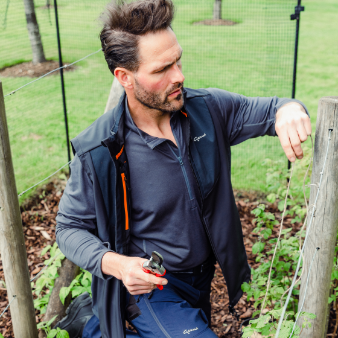July

July, the month for lounging. Hammocky G and T’s, barbecues, and picnics in the meadow. Now is the time to enjoy the gardens that we put so much effort into by throwing out a rug, shutting our eyes and listening to the thrum of insects as they go about their daily business. But what keen gardener can resist the temptation to do ‘a quick spot of deadheading’ only to find that two hours have passed and the family have migrated back to the house leaving desiccated sandwiches, a wasp in the homemade lemonade and the dog enthusiastically burying a wayward pork pie?
In the borders the summer perennials should be reaching their peak; dahlias, heleniums, crocosmia, and campanula all at their season’s best.
Named after Julius Caesar, the month of July - his birthday - was created in his honour.
St Swithin’s day in the middle of the month holds an ominous tradition that if rain should fall on that day it will continue to rain for forty days and nights. It harks back to the belief that when St Swithin’s bones were moved to a shrine in Winchester Cathedral ,a tempestuous storm blew up and it rained continuously for forty days. The rain was said to be St Swithin’s tears due to his unhappiness of his bones being moved.
During the third week of July the practice of Swan Upping takes place on the River Thames. Wrapped in tradition and dating back hundreds of years, men in red shirts spend five days travelling along the river in traditional skiffs counting all the mute swans and their cygnets. Tradition and ceremony aside it is now an important conservation operation.
In the UK, the hottest ever day at 40.3°C was recorded in Coningsby, Lincolnshire in July 2022. Cambridge hit 38.7°C in 2019 whilst the previous record of 38.4°C had been held since 2003.
Gardeners William Robinson, Monty Don, and Landscape Architect Harold Peto were all born in July.







